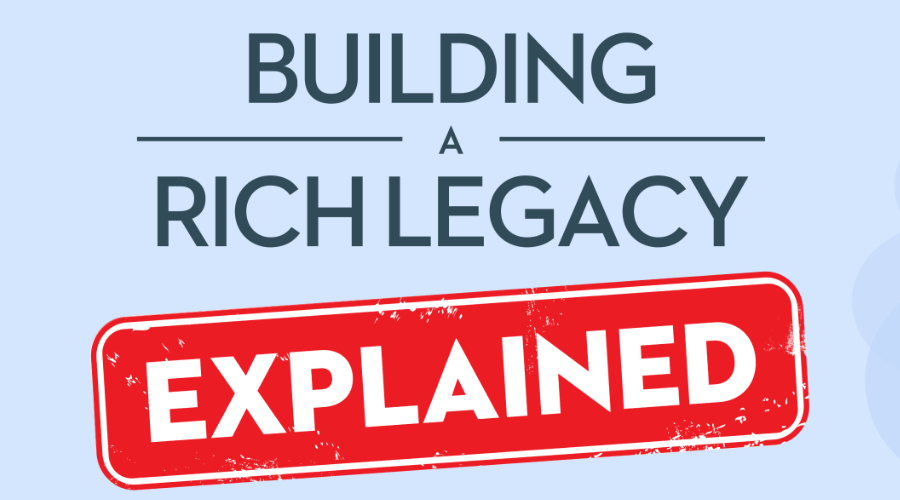At the beginning of 2018, the federal government introduced new rules —”B-20 Guidelines”—that have had a significant impact on many people looking to get a mortgage.
These rules, which apply to all federally-regulated financial institutions, demand that a “stress test” be applied to every mortgage application. This includes purchases involving down payments greater than 20% or refinances with low loan-to-value ratios. The only exception applies when you renew the exact same mortgage with the same financial institution.
How does the “stress test” work?
It is designed to ensure that people with a mortgage are still able to make payments, even if interest rates rise considerably.
Before the stress test, applicants would qualify based on the actual mortgage payments that they make. Now they have to qualify on a considerably larger, notional mortgage payment.
This new payment is based on either the interest rate of your mortgage plus 2% or the Bank of Canada’s benchmark rate (5.14% as in April 2018), whichever is higher. This higher, stress test mortgage payment effectively lowers the amount your bank can now lend you. Many people will now qualify for around 15-20% less money than before.
What could these new rules mean to you?
Home values may be affected
Part of the reasoning behind the new rules was to cool off an overheated housing market, especially in some parts of Canada, like Toronto and Vancouver.
According to the Canadian Real Estate Association (CREA), the national average sale price declined by 10.4% year-on-year in March 2018. While the CREA doesn’t expect this level of decline to continue, home prices in most regions of Canada are expected to decrease for some time.
Selling your home may be trickier
Sales of homes in the first three months of 2018 were at their lowest level since 2014, as per CREA figures. Sales have decreased in most regions across the country and in some areas the decline has been sharp. In March 2018, Toronto saw a drop in residential sales of 39.5% compared to March the previous year.
Certain homes are proving to be more highly impacted by the B-20 rule changes than others, according to the CREA. “Recent changes to mortgage regulations are fueling demand for lower priced homes,” says Gregory Klump, the CREA’s Chief Economist. “‘Affordably priced’ homes are becoming less affordable while mortgage financing for higher priced homes remains out of reach of many aspiring move-up homebuyers.”
If you have a higher priced home, it may take considerably longer to sell than in 2017.
Refinancing, remortgaging or even downsizing could be out of reach
If you’re on a fixed pension, the new rules could have an impact on your plans to cash in on some of the equity in your home by remortgaging or refinancing. You could now find that you qualify for a mortgage that is 20% less than before the rule changes. This could greatly reduce the amount of equity you can take out.
If your monthly income is low and you’re planning on downsizing but still need a significant mortgage on your new home, this option could now be out of your reach.
CHIP Reverse Mortgages® are not affected by the new rules
Qualifying for a reverse mortgage depends on your age and your home’s value and location, and you don’t need to make any regular mortgage payments.
If you find that the new mortgage qualifying rules make it harder for you to get the refinance money you need or to downsize to the home you want, the CHIP Reverse Mortgage® could be the ideal choice.
Call 1-866-522-2447 to find out how much you could qualify for.































